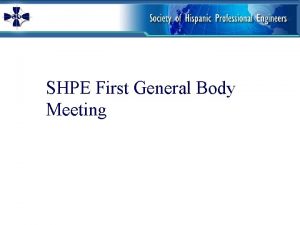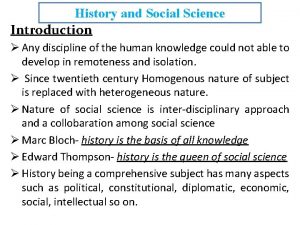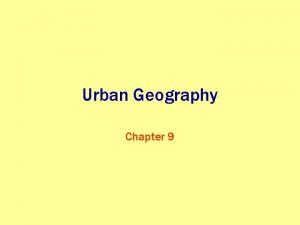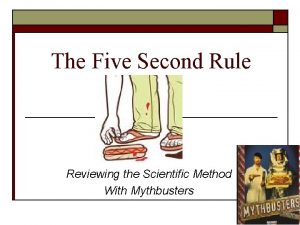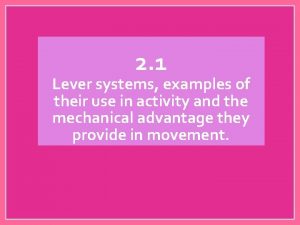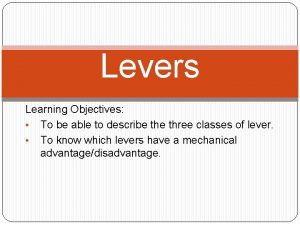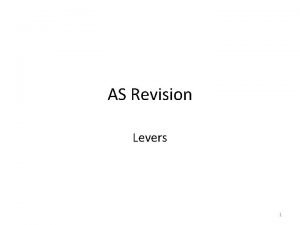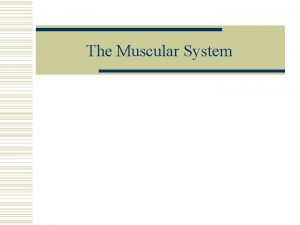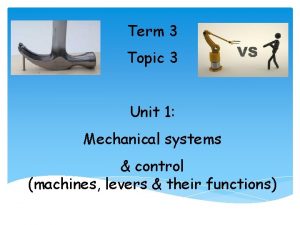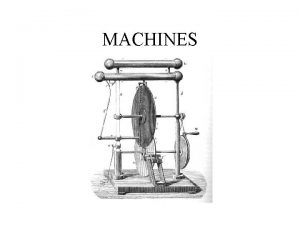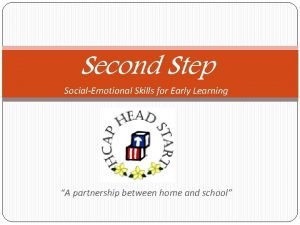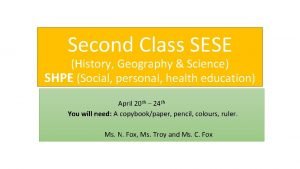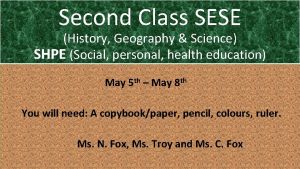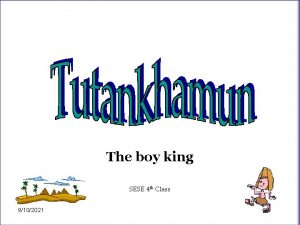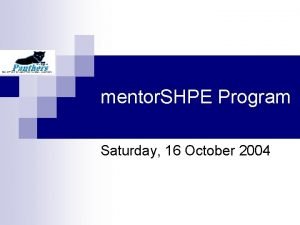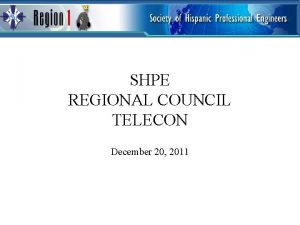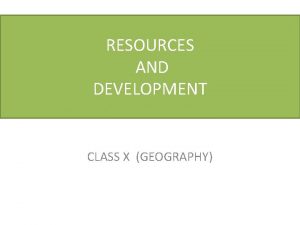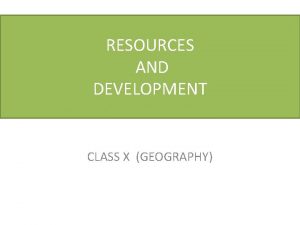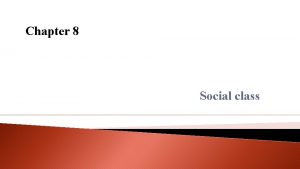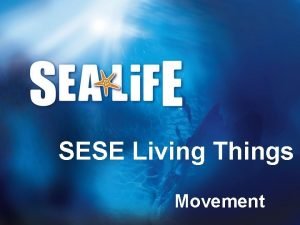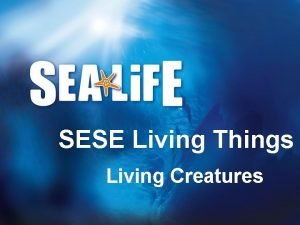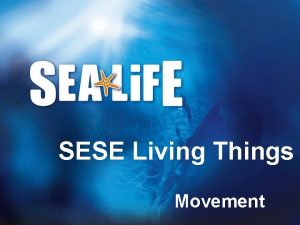Second Class SESE History Geography Science SHPE Social





















- Slides: 21

Second Class SESE (History, Geography & Science) SHPE (Social, personal, health education) May 11 th – May 15 th You will need: A copybook/paper, pencil, colours, ruler. Ms. N. Fox, Ms. Troy and Ms. C. Fox

Don’t forget: If you would like any of your child’s work displayed on the school website , please send it to Ms. Healy, our HSCL: Whatsapp 0877443779 or by email hscl@shjkillinarden. ie ØHere is the next week of work; take your time and do your best! Ø*Audio Included in slides*

A quick message from Ms. Fox Hi everyone I hope you are all well and keeping safe! As it was Active week last week, I went walking with my dogs each day (in the photo they are wrecked after a long walk!) and I also did yoga every day I hope you had a good week, we really miss you all! Well done on all your hard work and please keep sending in photos for the website, I love seeing them! Ms. C. Fox

History - Castles This week we will be looking at Castles! Castles were built for important and wealthy people to live in. Can you think of any fairy tale's that feature a castle in them?

Castles Did you guess any of these?

Parts of a castle The Moat was a deep trench or ditch that was dug all around the outside of the castle walls. Then it was filled with water. A Drawbridge was used as a way to prevent or allow people in or out of the castle. It led from the castle gateway, over the moat, to the other side. The impressive thing about a drawbridge was it could be raised up, so that invaders could not cross the moat or easily get into the castle.

Parts of a castle The Bailey was an inner courtyard in the middle of the castle. It was a large piece of open ground. The bailey often had different types of castle buildings on it like the kitchens, chapel, barracks, stables, workshops, forges, stores and halls. Arrow loops, or slits, were used to defend the castle from invaders. These narrow slits were cut into the stone walls and used to shoot arrows through.

Parts of a castle Battlements were the squareshaped part of the walls around the top of the castle. They were useful for spying across the fields to check no one was coming to attack the castle. The Barbican was a section of wall which jutted out around the gateway. Its main job was to add strength to the gatehouse.

Parts of a castle The Portcullis was also an important feature for defence. It was a very heavy gate made of metal and very strong wood. It had jagged ‘teeth’ at the bottom. The Tower was a circular or square building which was used for a lookout and for defence. It made the castle more stable and could even put off attackers trying to invade the castle.

Parts of the castle The Keep is usually found at the heart of a castle. It was a tower built within a castle which was used as a place to live as a last resort during a battle.

History Task of the week: v. Your task is to: DESIGN AND MAKE YOUR OWN CASTLE! First of all, use your copy or notebook to plan and design your castle. Then using items from your recycling or any items you could use from your crafts box at home (ask your grown ups!) make your castle! Please don’t forget to send us photos of your masterpieces for the school website; we have been really enjoying them

Geography – Rooms in our houses In our houses we have lots of different types of rooms. For example: • Kitchen • Sitting room • Bathroom • Bedrooms • Attic • Office

Bird’s -eye view This week we will be learning about a ‘bird’s- eye view’. Have you ever heard of this before? A bird's-eye view is a view of something from above, like what a bird can see from when they are flying in the sky.

Bird’s- eye view mapping • Maps give you a birds eye view of places. • If you flew over your estate in a plane, you would be able to see your house. You could also see roads and buildings where you live. • A drawing of this is called a map. Maps only show where important things are. • They do not show things that move about, like people or cars. ØThe picture shows a bird’s- eye view of a bedroom.

Geography : Task of the week This week your task is to draw a bird’s-eye view map of your bedroom! Use this photo to help you! Pretend you are a bird in the sky looking down into your room! Please label your map too! Remember to only draw in the important things. Talk to your grown ups about what should feature in your map if you are stuck

Science: Different types of homes Look at these photos of different homes around the world!

Science Task of the week: Look at the photos from the slide before and answer these questions in your copy: 1. Where in the world might you find these homes? 2. What kind of materials are they made from? 3. What kind of climate would you find these homes in? 4. Write about which of these homes you would most like to live in and why.

SPHE – Look after yourself! Here are some ideas you might like to do/ use during this time to keep your mind and body healthy

Time To Relaaaaaax! Sesame Street: Learn to Belly Breathe with Rosita Youtube video https: //www. youtube. com/watch? v=Xq 3 Dwz. X 6 MUw Sesame Street: Caring for Each Other Your friends on Sesame Street are here to support you and your family during the COVID-19 health crisis. https: //medium. com/sesame-street-caringfor-each-other

Can you spot any of these birds from your window? ?

Well done everybody! Have a lovely weekend
 General body meeting agenda
General body meeting agenda What is your favorite lesson
What is your favorite lesson 186 282 miles per second into meters per second
186 282 miles per second into meters per second Introduction to the discipline of history
Introduction to the discipline of history Natural vs social science
Natural vs social science Natural science and social science similarities
Natural science and social science similarities Clustered definition ap human geography
Clustered definition ap human geography Social thinking and social influence
Social thinking and social influence Social thinking social influence social relations
Social thinking social influence social relations How to write an frq for ap human geography
How to write an frq for ap human geography 5 themes of geography ap human geography
5 themes of geography ap human geography Proruption ap human geography
Proruption ap human geography 5 second rule science experiment
5 second rule science experiment Newton's first law of motion - science of nfl football
Newton's first law of motion - science of nfl football Mechanical advantage and disadvantage of levers in the body
Mechanical advantage and disadvantage of levers in the body Advantages and disadvantages of second class levers
Advantages and disadvantages of second class levers Advantages and disadvantages of second class levers
Advantages and disadvantages of second class levers Examples of second class levers
Examples of second class levers What is mechanical vibration
What is mechanical vibration Examples of second class levers
Examples of second class levers Levers
Levers Second step social emotional skills for early learning
Second step social emotional skills for early learning
